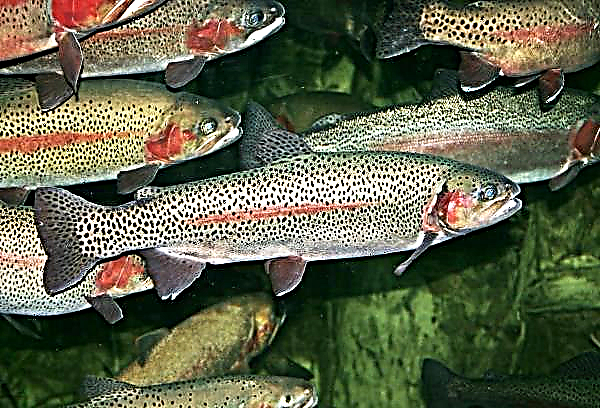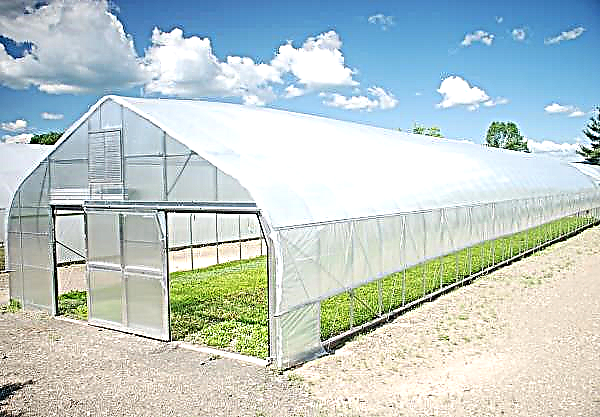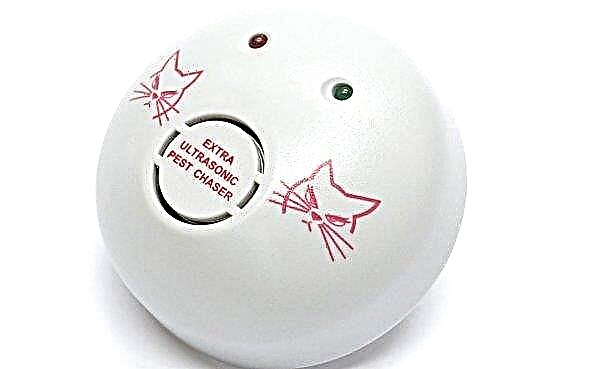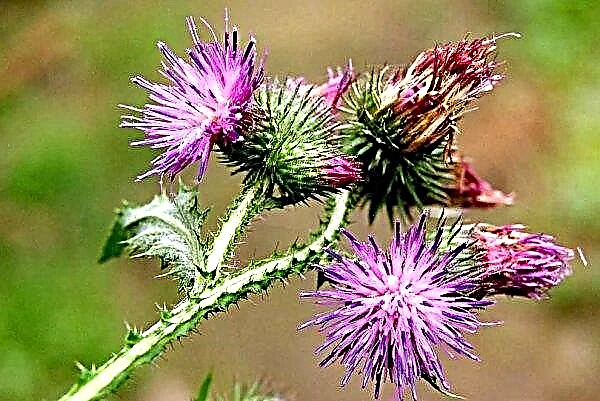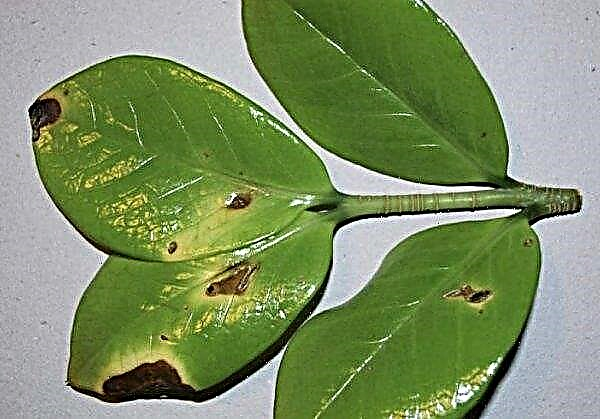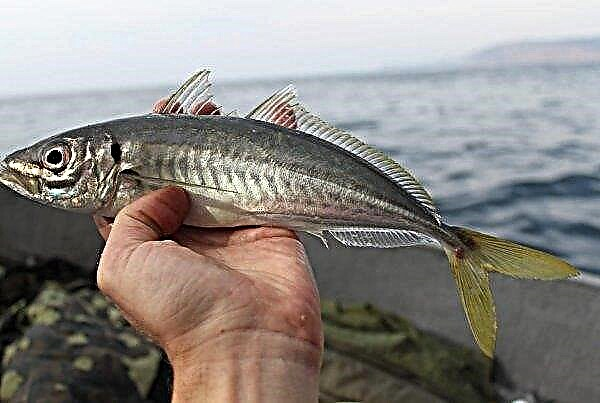Greenhouse tomatoes are susceptible to many diseases caused by fungi, bacteria and viruses. They also suffer from problems caused by fertility and the environment. The article provides a brief description of the most common problems associated with wilting tomatoes.
Basic rules for growing tomatoes in a greenhouse
Some people find it difficult to grow vegetables in a greenhouse. This happens because of insecurity in knowledge of the rules and norms of cultivation. But all you have to do is give the plants suitable soil, provide an abundance of light, fresh air and free space for growth. And be sure to periodically feed.
Most likely, you will find that infection with diseases and insects, weak growth and low productivity are the result of a poor variety of tomatoes, and not your actions. Try to grow only those plants that have proven their resistance and productivity and are resistant to disease. Do not purchase seeds that indicate that they need special treatment, fertilizers, or protection.
Good soil for tomatoes is a mixture of equal parts of loam and compost. Tomatoes are very fond of organics. Peat moss can also be added to them in order to fluff up too dense soil. The acidity level should be neutral or alkaline (6.5 pH or lower). Fungi and mold are actively developing and easily infect thickened crops. Therefore, make sure that you ventilate the plants well and there is a distance of about 0.4 m between them for optimal development.
Fungi and mold are actively developing and easily infect thickened crops. Therefore, make sure that you ventilate the plants well and there is a distance of about 0.4 m between them for optimal development.
Check temperature. Tomatoes grow better with daily values from + 21 ° C to + 27 ° C and nightly - +16 ... + 18 ° C. The lower limit is air temperature on cloudy days. To prevent leaf falling, the humidity should be about 90%. Also, regularly air the greenhouse. The more sun in the greenhouse, the higher the productivity of the plants. You can arrange shading, if necessary. But you cannot “turn on the sunlight” if you place the greenhouse in the shade of trees or buildings.
Install a drip irrigation system (recommended). In this case, water and fertilizer will be supplied to the roots using special tubes. With the help of a drip irrigation tank, it is possible to organize the supply of aqueous fertilizer solutions.
Did you know? Tomatoes came to Europe from America with the Spanish conquistadors. They considered them decorative and were grown in greenhouses solely for the sake of flowers.
Why do tomatoes wither in a greenhouse: reasons
The causes of leaf wilting can be diseases, microclimate disorders, insects and improper watering conditions. Most diseases and abiotic conditions appear in foliage symptoms. In the same way, nutrient deficiency is manifested. Withering requires observation of the stem or condition of the roots in order to establish an accurate diagnosis.
Plant diseases
Viral and bacterial diseases appear on leaves and stems with spots, rot, twisting and wilting. Some diseases spread very quickly - in just a few days. Spores of fungi spread through the air, when watering and loosening row spacings.
| Signs of infection | Disease or other cause | Treatment |
| Brown and bronze round spots on the leaves, which then fade. Black stripes appear on some petioles. | Spotted wilt tomato virus. It is transmitted by thrips and aphids. | Treatment with neonicotinoids, a tobacco-based drug, is recommended. |
| Young tomatoes languish, slow down in growth. Leaves are covered with chlorotic spots. | Virus of yellow curly tomato. Transmitted by whitefly. | The optimal preventive measure is the use of varieties resistant to this disease and insecticides against whiteflies. |
| Between the veins appear irregularly shaped spots. These patches become discolored and then necrotic. The top of the plant begins to fade. | Bacterial cancer. | Mandatory treatment of greenhouses with sulfur in preparation for the planting season. During the growing season, watering is carried out with “Fitoplasmin” or “Fitosporin-M”. |
| Brown, round spots with a yellow edge less than 3 mm in diameter, which become solid. Develop on the lower leaves and gradually move up. | Bacterial pointiness of tomato. | Apply spraying with copper sulfate. |
| Older leaves turn yellow at the edges. Yellowing is followed by necrosis and destruction of leaf tissue. Some tomatoes will fade quickly, while others may fade slowly. | Fusarium rot. | Spend processing "Fitosporin-M". |
| The leaf plate of young leaves in the upper part of the plant becomes pale yellow. The process starts at the base of the leaf and moves to the apex, while the veins remain green. | Iron deficiency. | Often manifested with an excess of moisture at the roots. Therefore, first normalize irrigation and drainage. |
| Older leaves turn yellow, but the edges remain green. | Magnesium deficiency. | Fertilizer required. |
Important! Spores of some fungi can live in the soil for several years, even without a host plant. And this property sets the minimum time for crop rotation.
Irrigation
Excess moisture also often causes plants to wilt. Curl begins with the lower leaves, gradually rising to the top of the tomato. Leaves turn brown, dry and fall.
The optimal watering for tomatoes is drip irrigation. Water is supplied by droppers-dispensers to the roots of the plant and impregnates the soil to a depth of 8-10 cm.
To organize the correct watering, you need to consider the following rules:
- watering is carried out as the soil dries, but at least 1 time per week;
- water is poured slowly so as not to destroy the micro roots, which are necessary for extracting nutrients from the soil;
- moisture should not get on the leaves to exclude the risk of infection with late blight and other diseases;
- do not practice night watering, especially if the weather is wet and cool; lower temperatures and high humidity contribute to disease.
Lack of light
In greenhouses, 2 situations can arise that become problematic:
- low light intensity;
- high light intensity.
Tomatoes need bright lighting. But it should not be direct sunlight during the whole daylight hours. Otherwise, sunburn may occur on the leaves of plants. They appear as pale, bleached, or faded areas. Over time, the leaves become fragile, acquire a brown color and fade. This is because strong light causes the breakdown of chlorophyll. The treatment is to create artificial shading.
Optimal is morning light for a tomato. This is the trigger that causes the opening of tiny pores on the surface of leaves (stomata). With their help, the plant “breathes”, absorbing carbon dioxide and releasing excess moisture. If the sheet overheats, gas exchange is disturbed and burns form.Did you know? Super early tomatoes are not too productive. But such varieties are resistant to fungal diseases. And for this there is a reason - they manage to give a crop before the beginning of the active development of pathogenic microflora.
Overheat
Air temperature is also important for tomatoes. The optimum temperature is +21 ... + 26 ° C during the day. If the air gets too hot, this increases the temperature of the leaf plate and causes the leaves to become sluggish and sag.
At temperatures above + 28 ° C, the transport of nutrients is disrupted, so the leaves may fade. To fix the problem, strengthen the air exchange and cover the root zone with mulching material. This will prevent overheating of the roots, help maintain moisture and lower the temperature of the soil.

Insect damage
Bacterial and viral infections in many cases are secondary. Bacteria enter the plant through damaged plant tissue. Most of all, leaves are damaged by sucking insects - thrips, whiteflies, aphids and others. Pests often live on the underside of leaves or in the sinuses. Noticing them is not easy, but spots or leaf damage are always noticeable. If pests are found, treat the crop with a broad-spectrum insecticide. Especially carefully treat the area at the base of the leaves, the middle base and all the folds. Repeat treatment every 3 days for a week.
What to do and how to save tomatoes?
In order to take timely measures against pests, it is necessary to inspect the plants visually twice a week. If there are no pests, but the plant withers, check the microclimate parameters.
Key events:
- normalize lighting, watering, humidity and air temperature;
- treat plants with fungicides in order to stop the spread of the disease and insecticides if you find pests.
Additional actions:
- destroy infected parts of plants at least 3 m from the greenhouse, as fungal spores will spread through the air and infect other plants;
- control the appearance of pests with the help of special traps;
- treat plants against pests in time.
Important! Fruits, after treatment with chemical preparations, should not be eaten for at least 20 days. Consider this if you need to process tomatoes in the fruiting stage.
How to prevent tomato wilting?
Prevention of wilting includes the main agricultural measures:
- Autumn digging of the soil to combat wintering pests;
- disinfection of the greenhouse with sulfur blocks after harvest to destroy any type of pest - from viruses to moles;
- crop rotation to prevent the accumulation of pathogenic microflora and tomato pests in the soil;
- mandatory seed treatment with fungicides before sowing in order to protect against microorganisms and general recovery;
- complete removal of tops from the greenhouse and other organics after harvesting.

Tomatoes will grow well if you provide them with the right conditions for growth. Compliance with all preventive measures, including mandatory autumn disinfection of the greenhouse from pests of all kinds, will not hurt.



